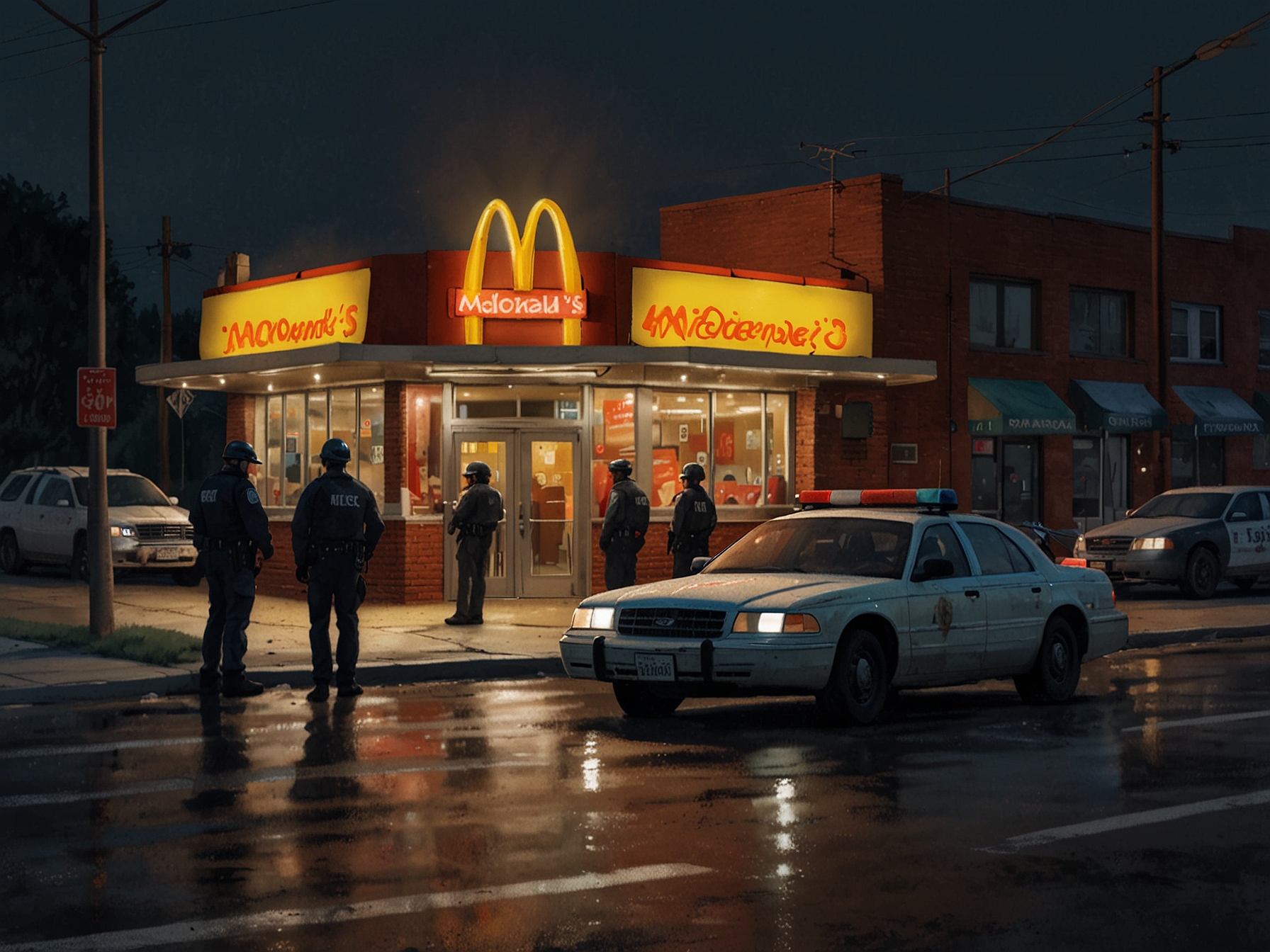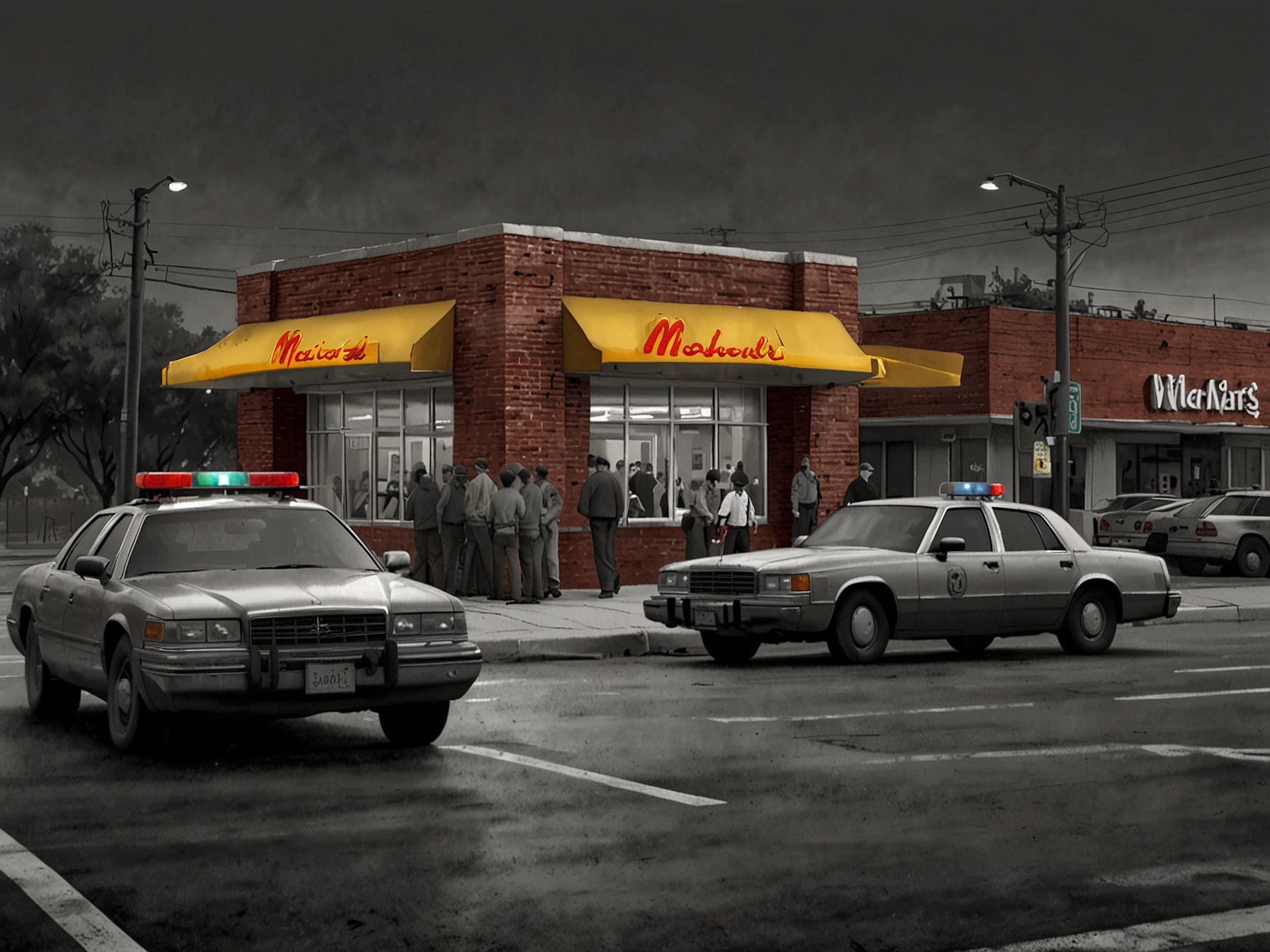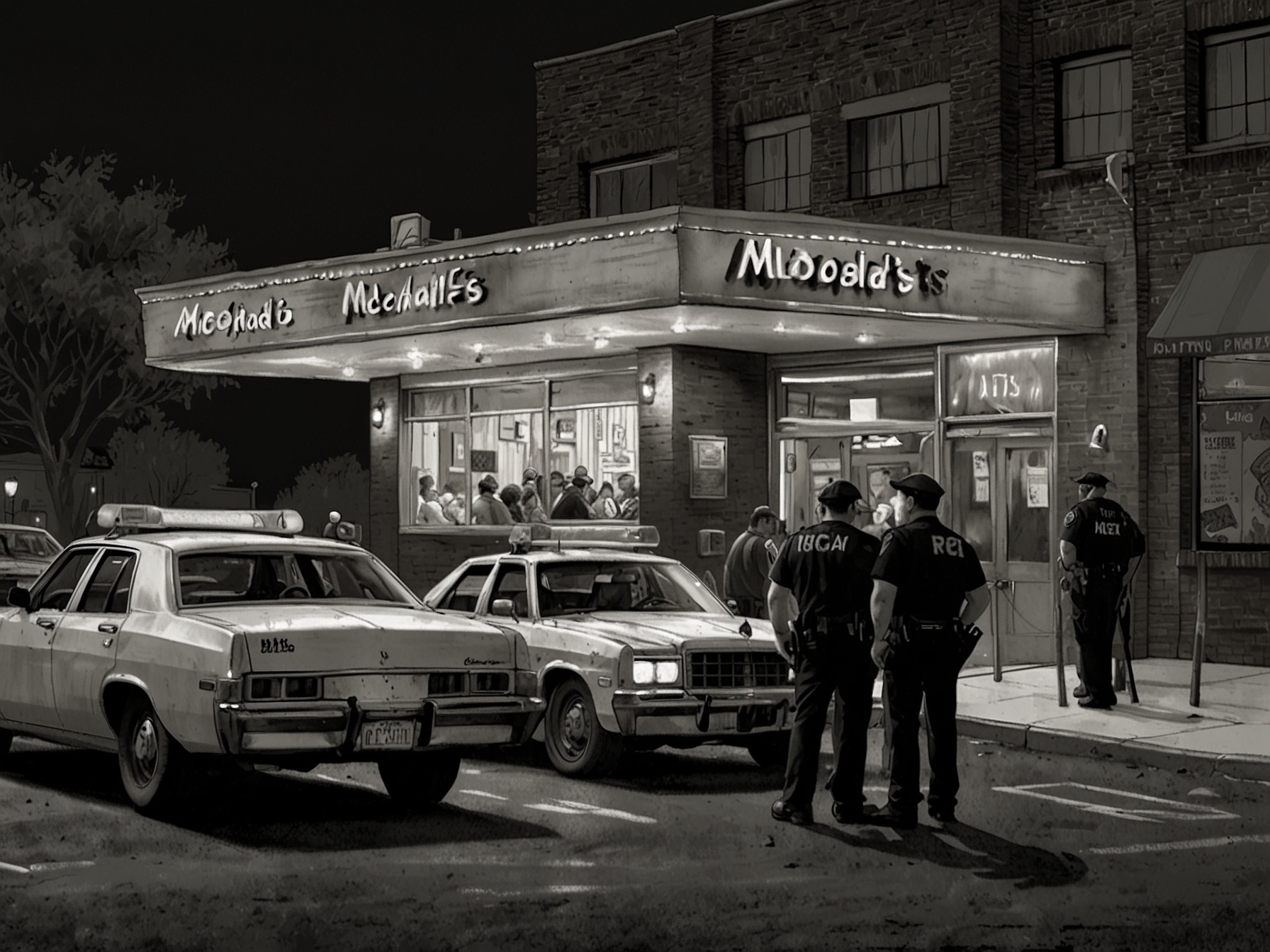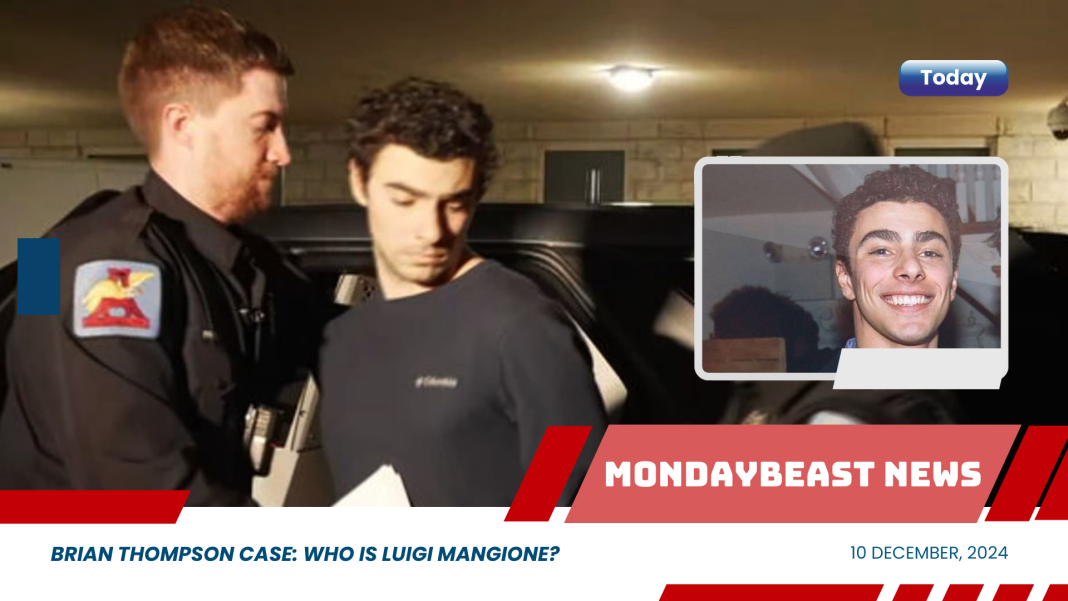Background of the Case
The tragic death of UnitedHealthcare CEO Brian Thompson has sent shockwaves across the nation. Authorities have charged 26-year-old Luigi Mangione in connection to this unsettling event. Arrested in Pennsylvania, Mangione now faces serious charges that include first-degree murder in New York. This situation raises important issues about gun violence and mental health in America.
The multifaceted layers of this case paint a troubling portrait of a young man whose life took a dark turn. Arrested shortly after being recognized at a fast-food restaurant, Mangione’s background appears more complex than many first assumed. How does a well-connected, educated individual find themselves in such dire straits? In a country that often grapples with the consequences of gun crime, this case embodies the intersection of personal turmoil and societal issues.
Details of the Arrest

On that fateful day, someone spotted Mangione at a McDonald’s in Altoona. The patron had seen his image in news reports and immediately alerted the police. When law enforcement arrived, they uncovered alarming evidence. Mangione was found with a ghost gun, various forged identification documents, and a handwritten manifesto that denounced the healthcare system.
It seems ludicrous; a young man, once hailed as a valedictorian, is now embroiled in a murder charge. His arrest drew intense media scrutiny. In the wake of Thompson’s shooting, people are left asking critical questions. What leads someone down this path? And at what point does a personal philosophy morph into violent actions?
Family and Friends React
In the hours following Mangione’s arrest, his family expressed their shock. They described themselves as “devastated,” offering prayers for Thompson’s family. Notably, they claimed he was the “last person you would suspect” to commit violence. Such statements reveal a chilling contradiction. How can someone so well-regarded engage in such heinous acts?

Complex narratives often underline the stories we see in the news. Friends from Hawaii recounted a different Luigi. They described a thoughtful, compassionate young man plagued by chronic back pain. He had even participated in a book club that humorously engaged with Ted Kaczynski’s manifesto. While these details might paint him as more relatable, they also complicate the broader narrative of gun violence in the U.S.
What is a Ghost Gun?
The discovery of a ghost gun in Mangione’s possession adds another layer to this case. Ghost guns, typically assembled from kits, lack serial numbers, making them untraceable. Their rise has been linked to increasing gun violence. It’s alarming that such weapons are now part of everyday life. This trend prompts urgent questions about firearm regulation and public safety.
Could stricter laws have prevented the use of ghost guns in this crime? As the nation continues to grapple with the aftermath of New York City’s relatively low gun homicide rates, the lack of accountability with ghost guns remains troubling. Peters and activists are highlighting the influence of untraceable firearms in violent incidents.
The Impact of a Manifesto

Among the items found with Mangione was a three-page manifesto targeting corporate America. Authorities reported that it expressed disdain for individuals like Thompson, suggesting that the healthcare system’s inequities had led to his tragic actions. In a shocking turn of events, this document took a personal vendetta and turned it into a public spectacle.
The narrative of a disillusioned individual expressing grievances through violence is certainly not new. This case, however, raises critical questions about the nature of protest and radicalization. When do personal frustrations transform into a call for “justice” that endangers others? Addressing these questions is paramount for society.
Cultural Reflections
In the aftermath of Thompson’s death, some online retailers strangely capitalized on the tragedy. They listed merchandise with phrases related to the shooting, prompting swift backlash from the community. This raises uncomfortable issues about the commercialization of violence. Why would anyone think glorifying such actions is acceptable?
Our culture often romanticizes rebellion and defiance. But what line must be drawn? Can we separate the desire for change from the methods we choose to enact it? These dilemmas ripple through communities, dissecting the fine balance between activism and violence.
Conclusion and Reflections
As this case unfolds, we are left reflecting on its broader implications. The storm of emotions surrounding Thompson’s murder intertwines shock, grief, and outrage. The complexities of Mangione’s life and choices baffle heavily after learning about the events leading to his arrest. Unfortunately, it seems there are no easy answers, and this case may only be one chapter in a much larger narrative on the crisis of gun violence.
How can communities prevent tragedies like this in the future? Conversations around mental health, gun regulation, and societal expectations need to continue. Mangione’s shocking actions remind us that underlying issues often escalate in troubling ways, sometimes culminating in violence that leaves an indelible mark on families and communities alike.




